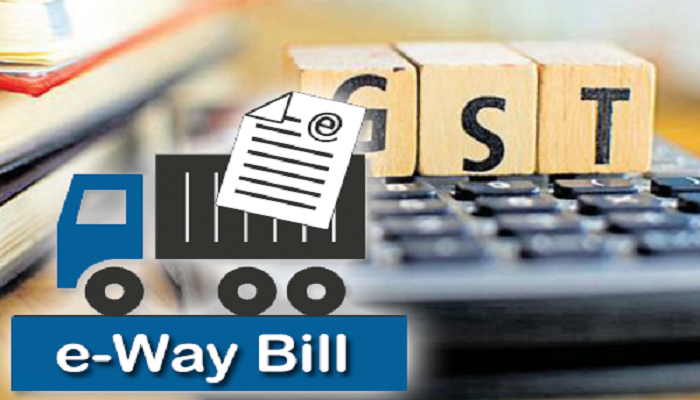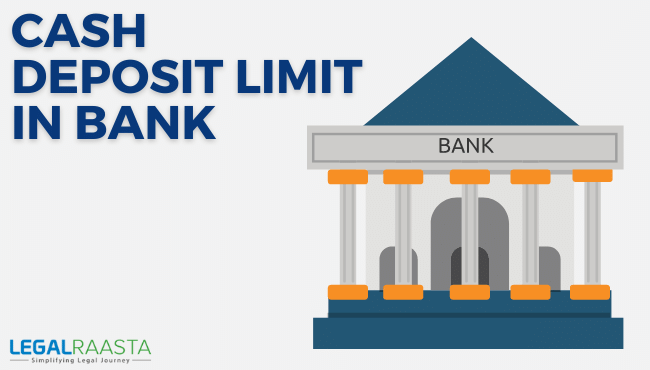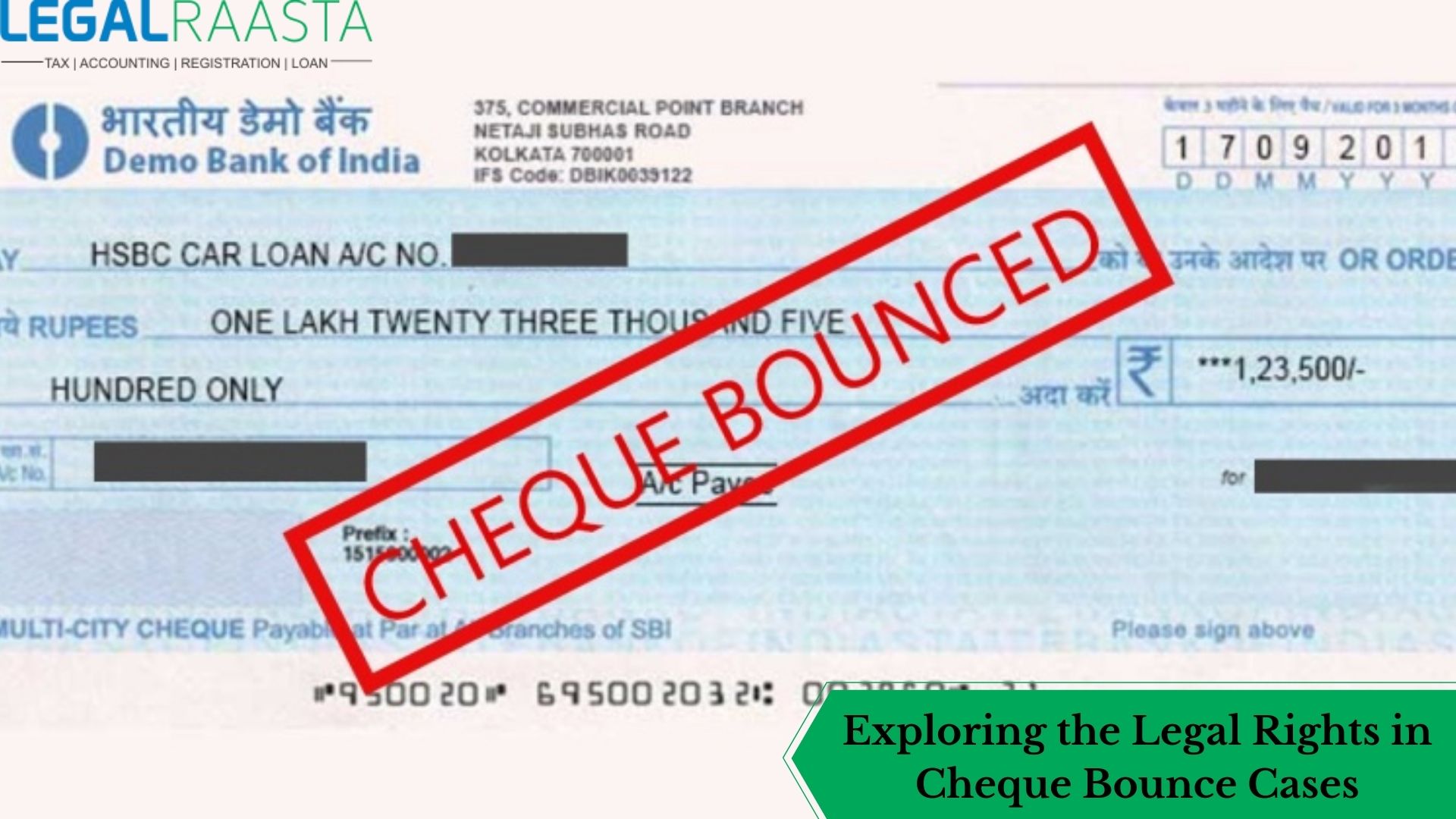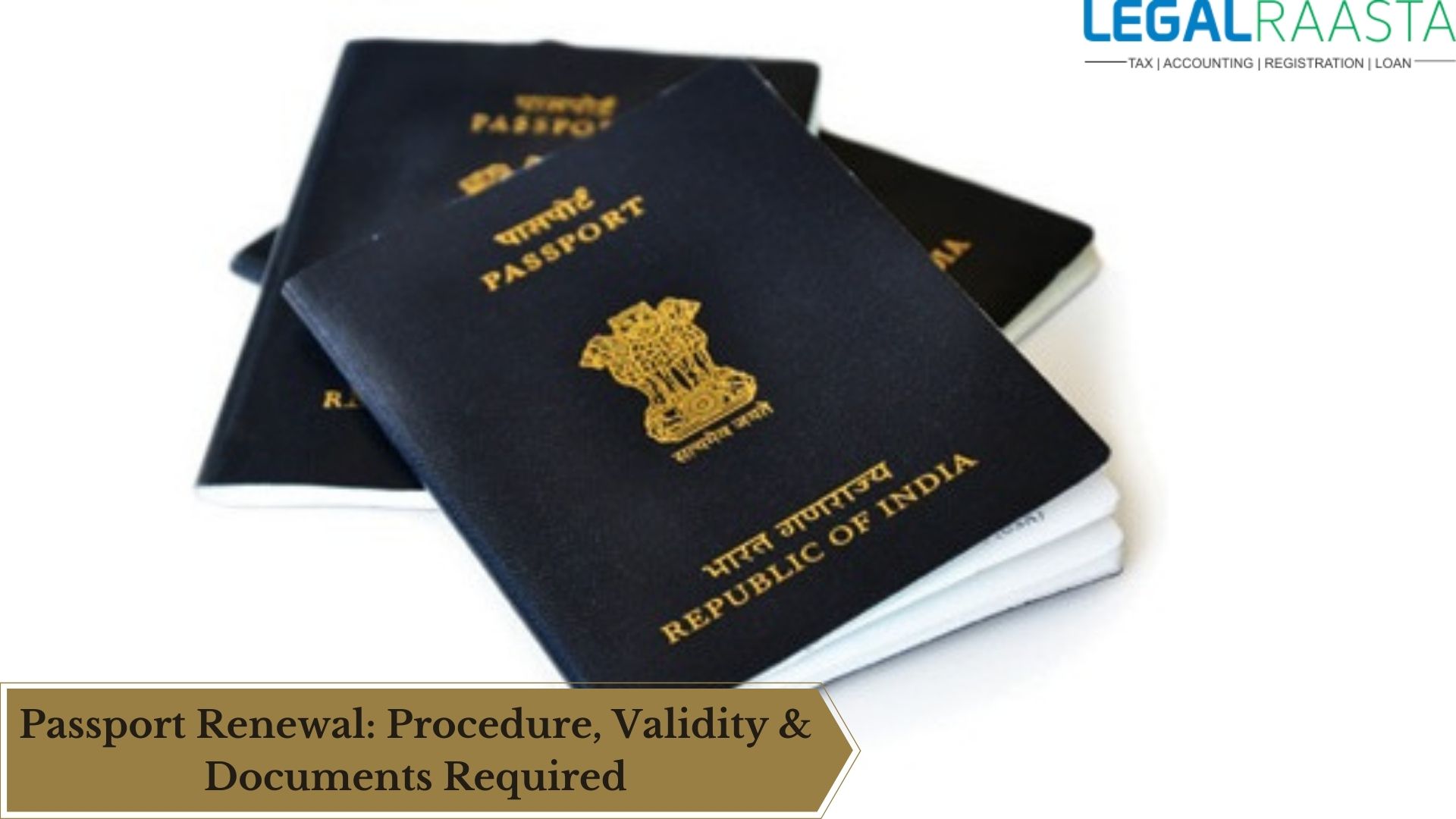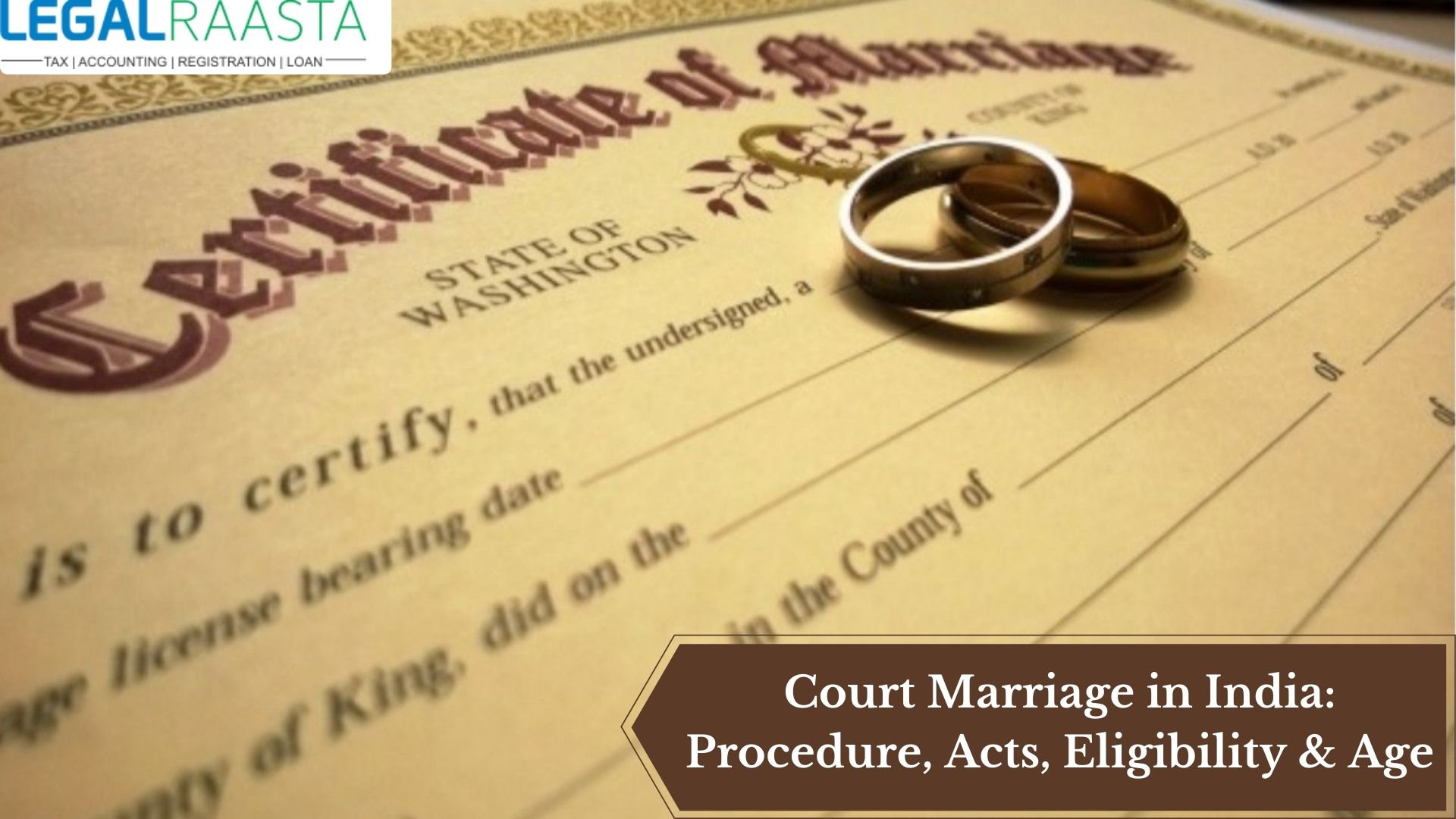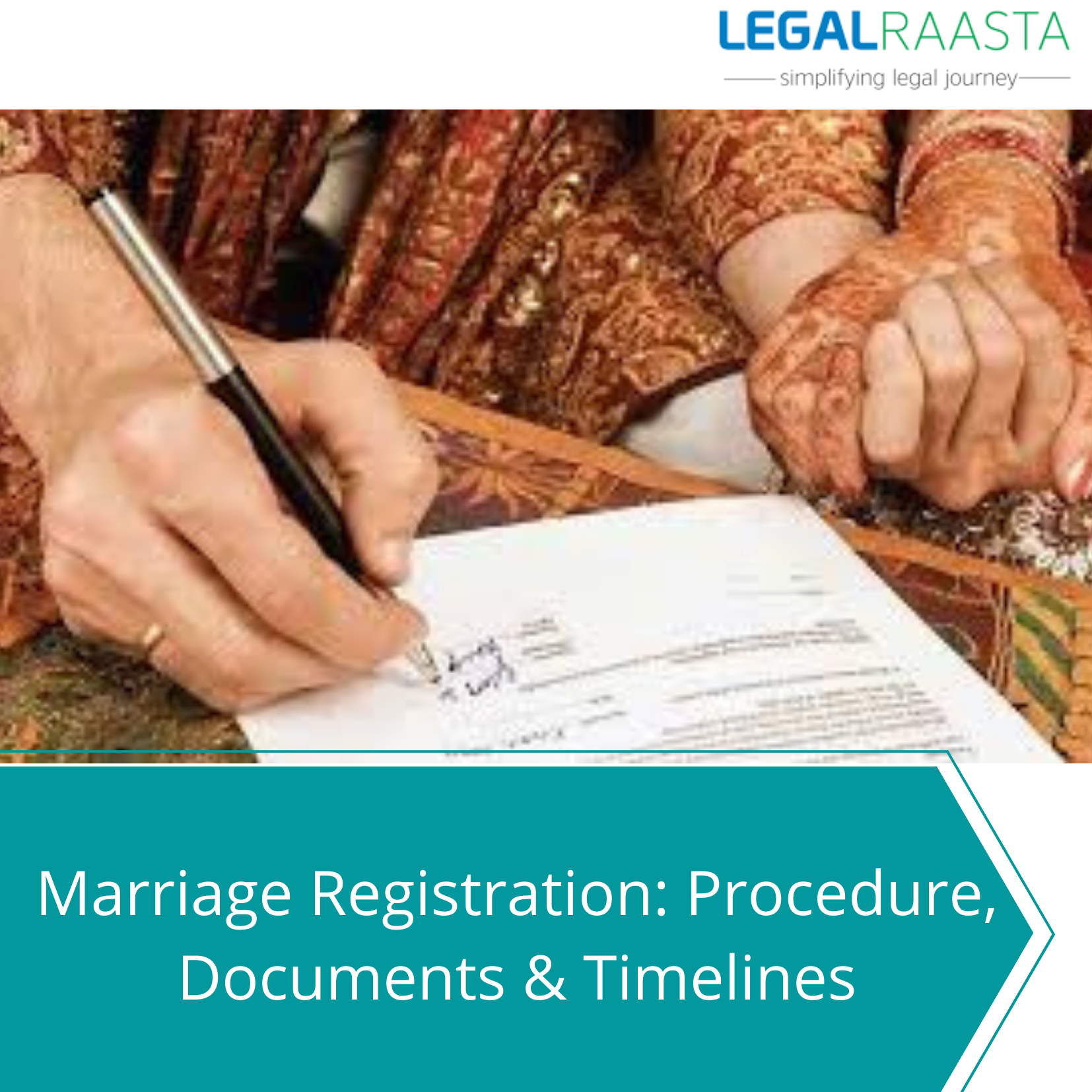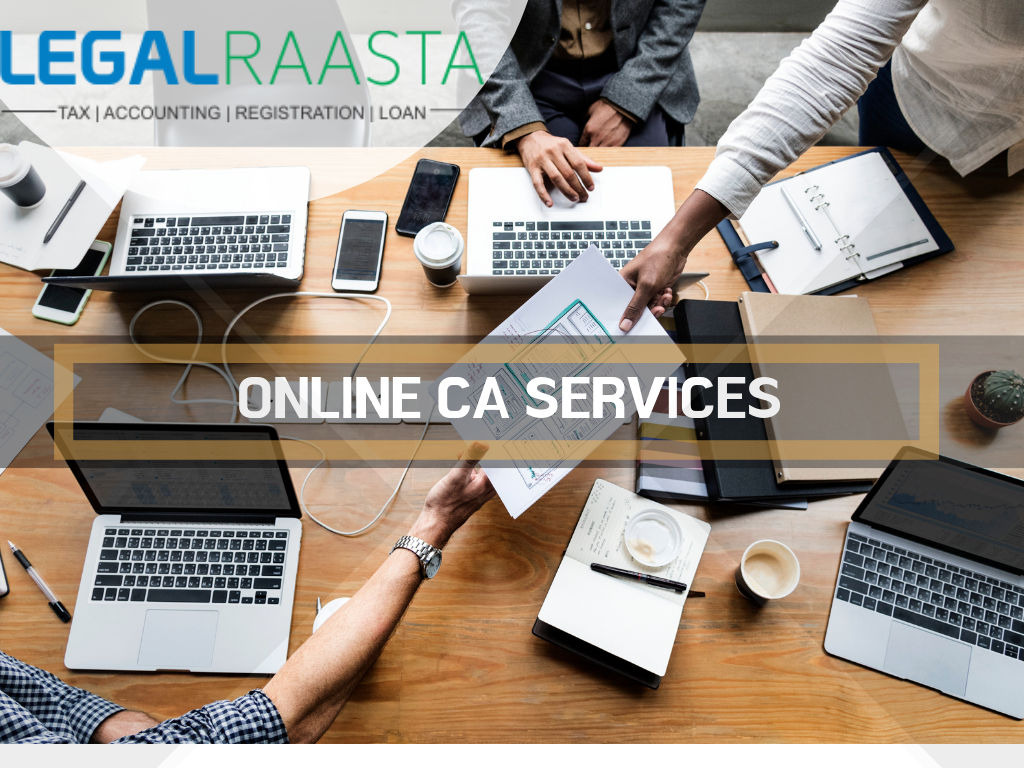Eway bill under various methods of delivery
Overview
With the introduction Eway bill, the dealers across the country who want to transfer goods up to the value above Rs. 50 thousand require to generate it while moving to another state (Inter-state movement). People who have adopted the Eway bill system for the movement of goods within the state shall follow the rules that lie under the intra-state movement of goods. In this article, we will let you know how it comes under the methods of delivery and what are the rules it contains. If you want additional information regarding Eway-bill under GST, Basic requirements of Eway bill then you must follow our blog.
Eway bill under various Methods of Delivery
A dealer can use different kinds of transportations system for delivering goods from one place to another such as delivery by using own vehicle, by hiring a vehicle or using a Goods Transport Agency (GTA) services. The dealer is fully allowed to negotiate or agree with a buyer to ship the goods using his own vehicle. Moreover, he can hire a vehicle exclusively for shipment of goods or may seek the services of a GTA for shipment. For all the three methods of delivery, the Eway bill is required to be generated wherever it is applicable.
Eway bill requirement in various Scenarios
A dealer can choose any mode of transport for delivering goods. We have taken three different scenarios for transferring goods. Its implications and procedure for each scenario are given below:
Scenario 1. Using own vehicle for transport of goods: In this scenario, it is necessary for the dealer to generate the Eway bill. For this, he has to provide the vehicle number with the relevant details given in above link under basic requirements of Eway bill. On the contrary, it is not necessary to fill the details of the transporter of the transporting Agency or the transporter’s GST No. The dealer must fill the details as required in Part A of the Eway bill and can mention the vehicle number only in Part B.
Scenario 2. Using hired vehicle for transport of goods: In this scenario, same as above, it is necessary for the dealer to generate the Eway bill. For this, he has to provide the vehicle number with the relevant details given in the above link. Besides, it is not necessary to fill the details of the transporter of transporting Agency or the transporter’s GST no. The dealer must fill the details as required in Part A of the Eway bill and can mention the vehicle number only in Part B.
Scenario 3. Using the services of GTA (transporter) for transport of goods: In this scenario, there may be two conditions:
- Where the consignor or consignee generates the Eway bill.
- Where the transporter generates the Eway bill
In the case of the first condition given above, the details as required in Part A are to be filled when consignor or consignee generates the Eway bill which is described in the two scenarios.
In Part B, the person who is generating it should mention the details like Transporter document number, Vehicle number, Transporter’s ID (If possible). When the transporter is generating the Eway bill, the details as required in Part A are to be filled which shall be given to the transporter based on which the Eway bill should be generated.
Other methods of delivery
In specific cases, a dealer can choose the option of transporting goods other than road transport i.e by railways or by airways.
To know about other methods like Eway bill for railways & airways and the proper implications and procedures in detail you can follow our blog.
Feel free to contact us on Email: contact@legalraasta.com to get your GST Registered Online and for GST Return Filing. You can visit our website Legal Raasta to know more about GST Software for doing end-to-end GST Compliances. Ring us at 8750008585 for any query.
Related Articles:
Different types of supply under GST
Impact of GST in transport sector
Impact of GST on Tourism sector

